‘Is the gender you identify with the same as your sex registered at birth?’. Brits were asked that question for the first time in the 2021 Census: 93.5 per cent said ‘yes’, 0.5 per cent said ‘no’ and the remaining six per cent did not respond. This means that, of those who answered, 0.58 per cent said their gender identity did not match their natal sex. In a debate where tensions are running high on both sides of the Scots border, this data is sorely needed – and is worth digging into.
The gender identity question confirms the rise in trans identities among youth. Among 16-24 year olds, one per cent said their gender identity was different from their sex. Among this age group, females were more likely than males to identify outside of their natal sex; the reverse was the case among older age groups. This attests to the growing popularity of trans identities among girls.
That we can examine this breakdown of trans identities by sex at all comes thanks to the efforts of campaigners, who sought to retain a distinct question on sex in the Census. These efforts succeeded in England and Wales and Northern Ireland (sadly, Scotland has gone its own sex-denialist way, with implications for data comparability).
During the ten-year period between 2013-2022 only four homicides of trans people were recorded in the UK
The Office for National Statistics (ONS), on the advice of lobby groups such as Stonewall, had originally planned to advise trans respondents to answer the sex question in terms of their gender identity if this differed from their sex. This would have made it impossible to identity the increase in girls with trans identities in the younger age groups.
It is hard to overstate the importance of Census data: it provides a snapshot of the entire population; it furnishes the benchmark against which we judge whether other data sources are representative. And it is vital for equalities monitoring. If an organisation wants to know whether its workforce represents the wider community that it serves, in terms of characteristics like ethnic group or sexuality, they can compare their organisational data to Census data. We can compare, for example, the proportion of people who say they are LGB at the BBC (8 per cent) to the proportion in the 2021 Census (3 per cent). This suggests that there is little need for diversity efforts at the BBC to focus on trying to increase the number of gay staff. Similarly, 2 per cent of BBC staff are trans, around four times higher than the proportion in the general population.
It’s particularly valuable to have Census data on the trans population, because it allows us to empirically assess some of the emotive claims that are made about this group of people. This includes claims that trans people are at high risk of violence, murder, and even genocide.
International Trans Day of Remembrance, on 20 November, is marked each year by organisations from the UN to the Information Commissioner’s Office taking to social media to commemorate trans people who have been murdered. The Trans Murder Monitoring project is an annual exercise carried out by Transgender Europe, which is funded by the European Union, according to its website. It records the numbers of ‘trans and gender diverse’ people who have been murdered internationally.
Every murder is devastating for those who know the victim. But during the ten-year period between 2013-2022 only four homicides of trans people were recorded in the UK, once reporting errors were corrected. During the same period, 7,118 homicides were recorded in the UK, combining data for England and Wales, Scotland and Northern Ireland. This suggests that murders of trans people were a tiny fraction of all murders, 0.056 per cent. This is around an order of magnitude lower than the Census estimate of the proportion of trans people in the population at 0.58 per cent. In other words, trans people were greatly underrepresented among homicide victims. Thanks to the Census, trans people can have confidence that they may safely ignore alarmist rhetoric encouraging them to fear for their lives.
While it is good news that we have data on both trans identities and sex, the data are not problem-free. According to the ONS, a majority of those categorised in the data as ‘trans woman’ said they were registered female at birth; a majority of those who were classified as ‘trans man’ said they were registered as male at birth.
This seems strange, as, by definition, a female can never become a transwoman, and a male can never become a transman. It may be that some trans-identified people gave false information about their sex, despite the fact that giving false information or failing to complete the compulsory questions in the Census is an offence. It would be unfortunate if messaging from the ONS and trans lobby groups opposing the collection of data on sex has undermined the quality of data on the sex of trans people. They should instead focus on educating people on why accurate data on both sex and gender identity are important for research and policy.
There are other possible sources of error. It may be that some people were confused by the gender identity question, and ticked the wrong box. This might be particularly likely for people whose first language isn’t English or who aren’t familiar with the concept of gender identity. The responses to the gender identity question were open-text rather than multiple-choice, and the ONS so far have not provided any information on how they categorised them. For example, does the ‘trans woman’ category include people who ticked ‘no’ on the question about their gender identity and then wrote in ‘woman’? It is hard to imagine someone writing ‘trans woman’ by mistake if they are not trans, but writing ‘woman’ (because you are one) could just be an error by people who are not fully au fait with gender theory. The ONS will need to provide more information on their working in order to allow us to interpret the data reliably. If less energy had been wasted undermining the sex question and more on constructing and testing a sound gender identity question, these problems may have been avoided.
Nevertheless, the 2021 data reaffirms that the decennial Census is an irreplaceable resource. Without it, we would know far less about what our society looks like, leaving policymakers and campaigners stabbing in the dark and operating under false assumptions. Politicians often call for ‘more light and less heat’ on the trans debate. The Census confirms that accurate data on
Got something to add? Join the discussion and comment below.
Get 10 issues for just $10
Subscribe to The Spectator Australia today for the next 10 magazine issues, plus full online access, for just $10.

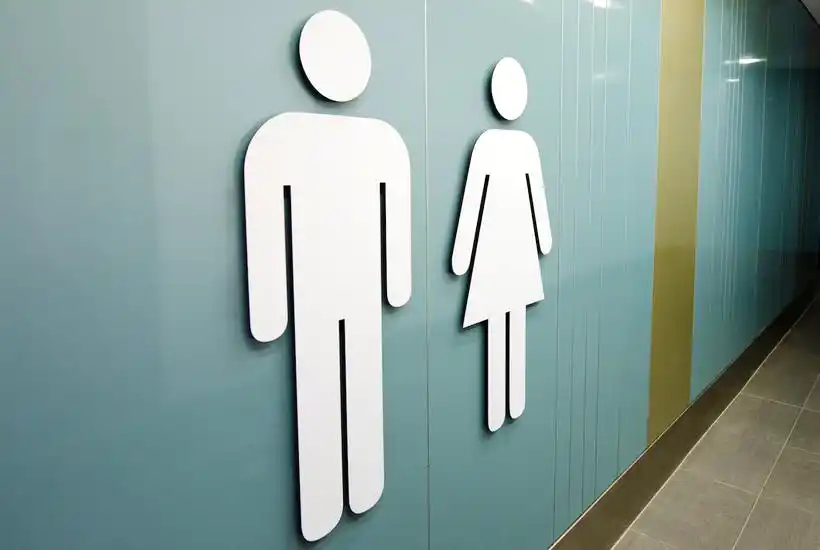
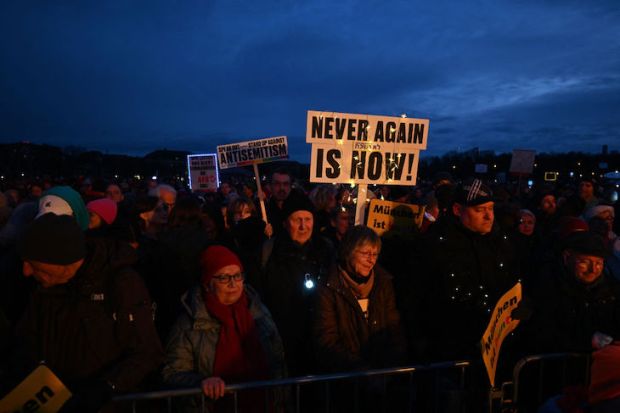
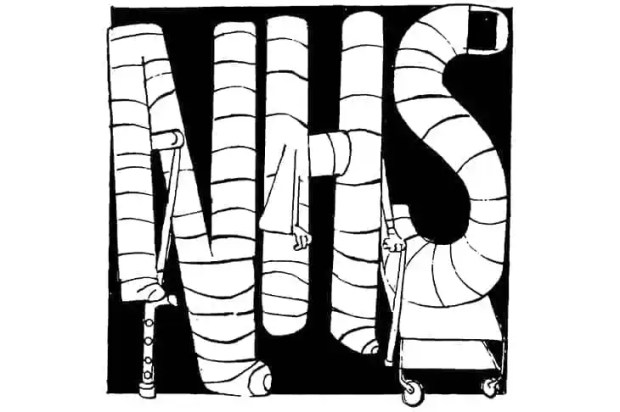
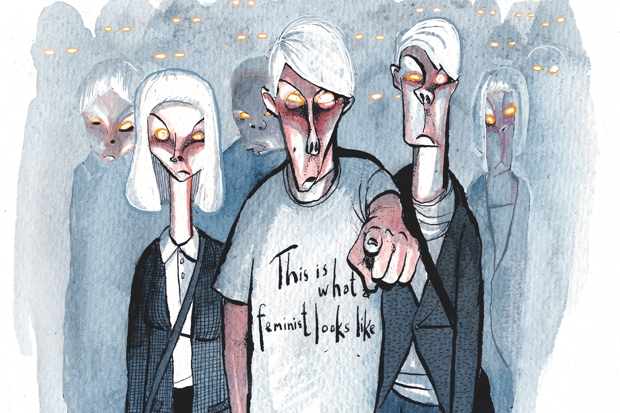
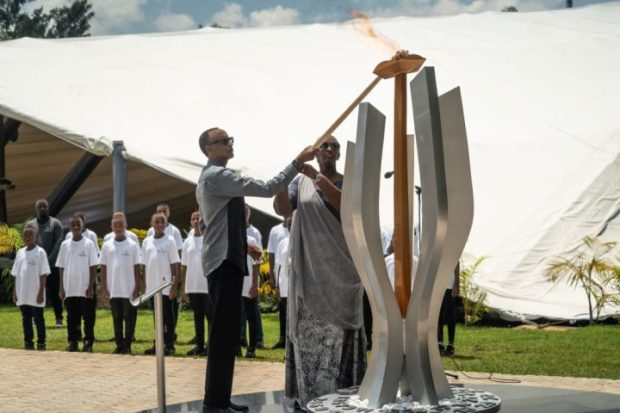














Comments
Don't miss out
Join the conversation with other Spectator Australia readers. Subscribe to leave a comment.
SUBSCRIBEAlready a subscriber? Log in